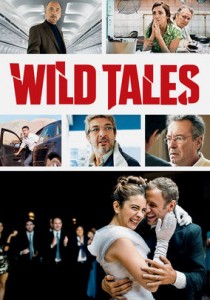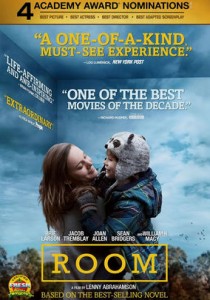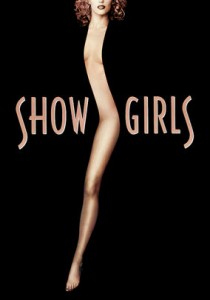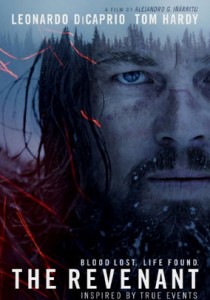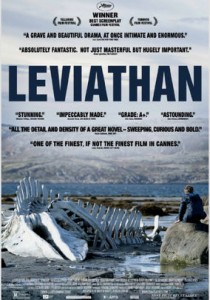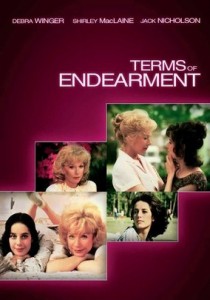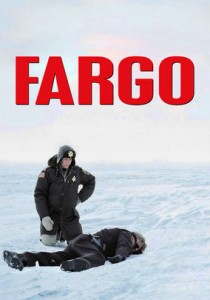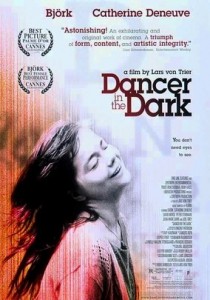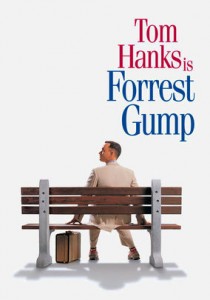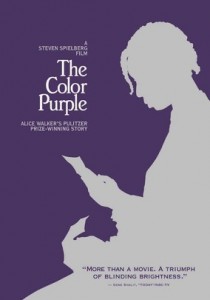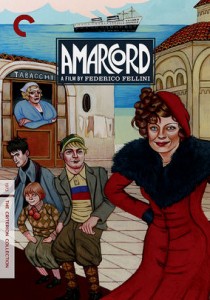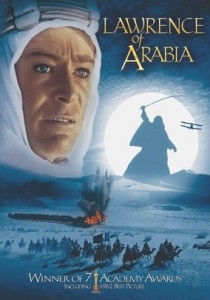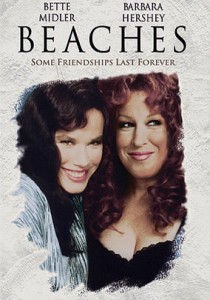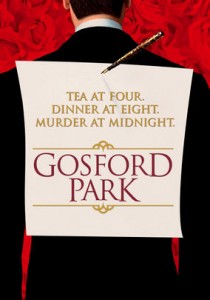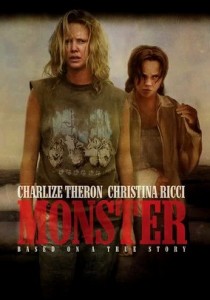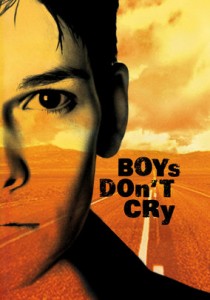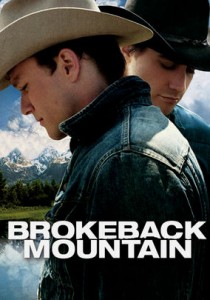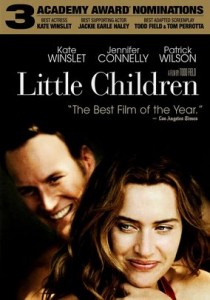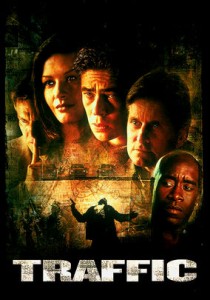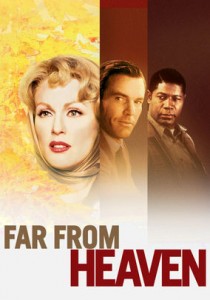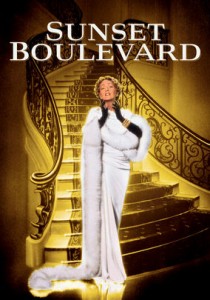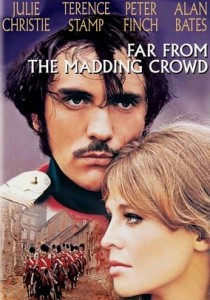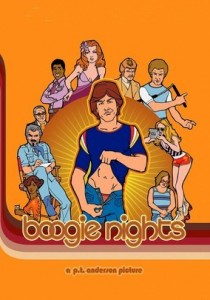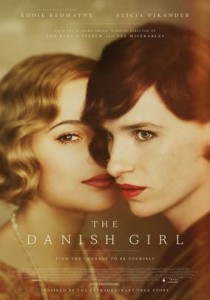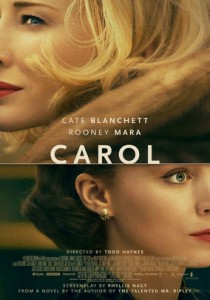Wild Tales-2014
Director Damian Szifron
Starring Liliana Ackerman
Scott’s Review #374
Reviewed February 5, 2016
Grade: A
What a crazy adventure!
Receiving a well-deserved 2015 Best Foreign Language Film Academy Award nomination, Wild Tales is a Spanish film that weaves six unique vignettes together.
Each tale involves conflict between characters and centers around the subject of revenge. Each reminds me of a foreign language version of a Twilight Zone episode, albeit much darker, mixed with a prevalent Quentin Tarantino influence.
A psychopath arranges for all of his enemies to be on the same flight (“Pasternack”), a hit-and-run accident among a wealthy family turns murderous (“The Proposal”), a bomb expert turns his expertise onto a corrupt towing company (“Little Bomb”), a disturbed bride and groom bizarrely celebrate their wedding reception (“Until Death Do Us Part”), a revenge-driven waitress waits on her rival (“The Rats”) a brutal tale of road rage (“The Strongest”) are the stories told in this fantastic film.
Wild Tales is an outrageous journey and as each chapter unfolds we are treated to the unexpected and each is cleverly written- bear in mind that they are independent stories and have nothing to do with each other chronologically or otherwise.
The vignettes also vary vastly. One as short as ten minutes and another hovering around the forty-minute mark.
Some characters are sympathetic and hateful, which is interesting in itself. The diner in “The Rats” is despised and we wish for his demise.
After “Little Bomb”, the protagonist (or antagonist depending on how you look at it) receives a hero’s welcome for standing up to corruption.
In other stories, particularly in “The Strongest”, all the characters are unlikeable.
Famed director Pedro Almodovar (The Skin I Live In, Volver) does not direct Wild Tales but does produce the project and his imprint is all over it. Almodovar has a thing for the weird and, as in 2013’s I’m So Excited, a thing for passengers in peril inside airplanes.
After “Pasternack”, the first installment, one will experience an “OMG!” moment, which wisely sets the tone for the entire movie.
We wait and wonder what can happen next.
My favorite tale is between “The Proposal” and “The Strongest”. I love the class distinction evident in the former as a wealthy father struggles to cover up his family’s dirty deeds initially at any cost necessary, but has he finally had enough?
Will the wealthy once again victimize the poor?
In the latter, class distinction is again explored, as a hotshot in a slick car angers a simple man in a battered car, only to regret his outburst of road rage.
The story turns into a Lord of the Flies situation where it is “kill or be killed”. The clever ending for this one is fantastic as the officials completely misinterpret the events.
The most bizarre tale is “Until Death Do Us Part”, which is also the finale. A glorious and festive Jewish wedding reception turns bitter and bloody as the bride’s jealousy is tested. But is the bride the unstable partner or is the groom? Or perhaps both?
This chapter reminds me of a Quentin Tarantino film (must have been The Bloody Bride), as the tone and the texture are reminiscent of his films (and yes, the blood too!).
Unusual, delightful, and sometimes even deranged, Wild Tales (2014) is a nice reminder that there are still creative and left-of-center projects being made in modern film that must be experienced and enjoyed.
This is not an ordinary, predictable film making it quite a gem.
Oscar Nominations: Best Foreign Language Film
